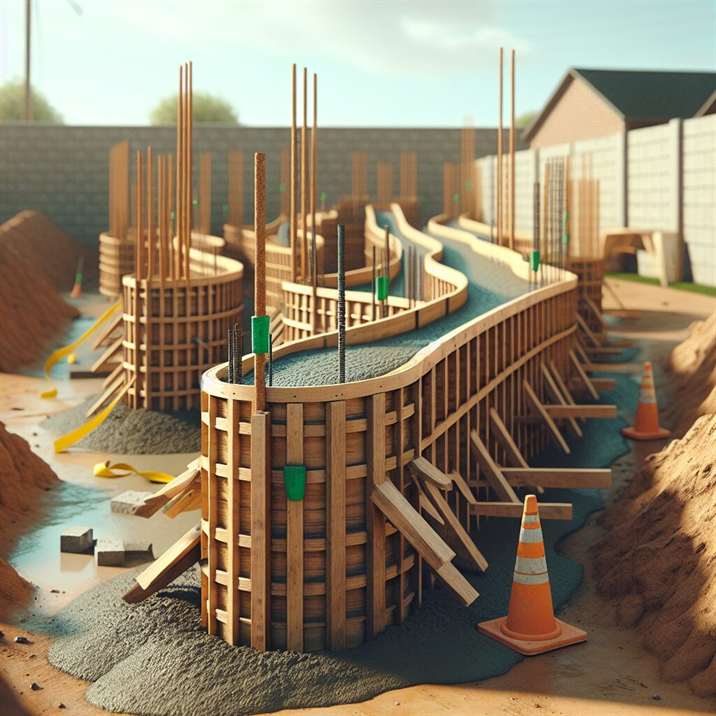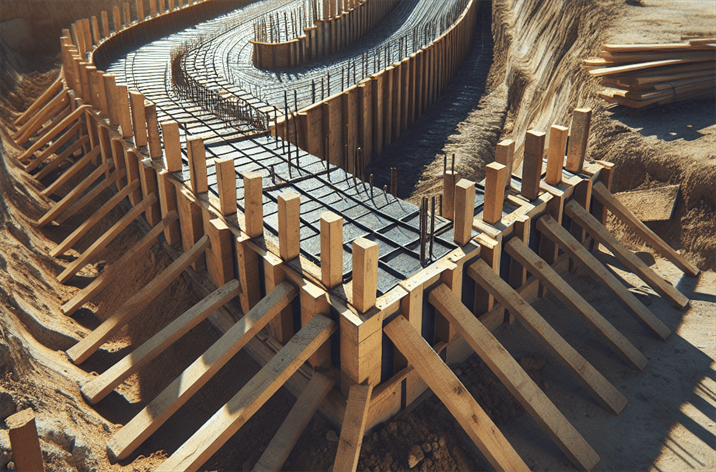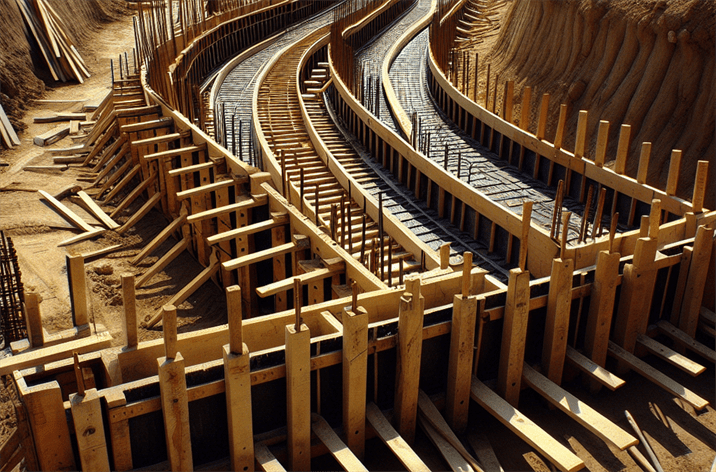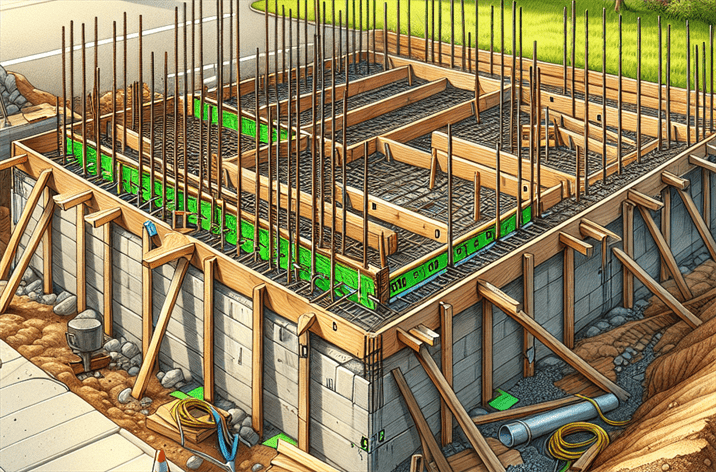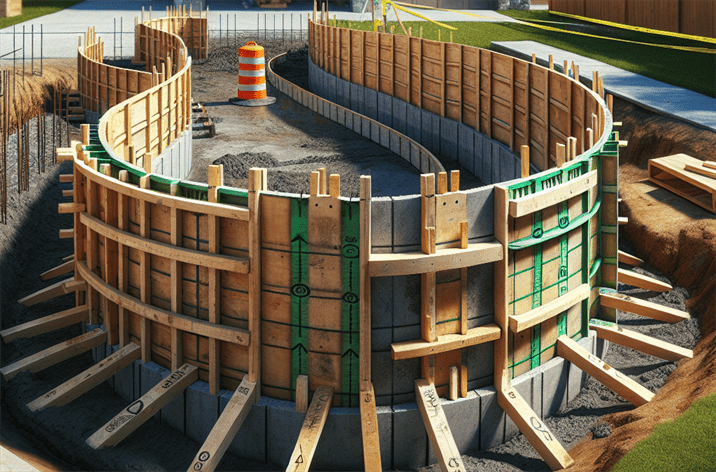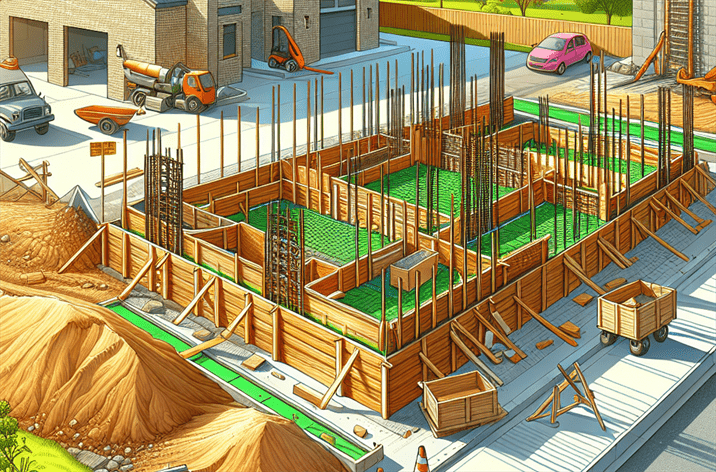Construction Stake Materials: Choosing the Right Tools for the Job
Introduction
Did you know that selecting the right construction stake materials can significantly impact the accuracy and efficiency of your project? Whether you’re a seasoned contractor or a DIY enthusiast, understanding the tools at your disposal is vital for successful construction. In this article, we will delve into the world of construction stake materials, their various types, and how they affect your projects.
The importance of construction stake materials in various construction projects cannot be overstated. Recent studies indicate that proper material selection can enhance precision and reduce costs. For instance, using durable and weather-resistant stakes can prevent costly delays caused by material failure. Furthermore, the growing trend towards sustainability highlights the need for eco-friendly options, encouraging many manufacturers to innovate with sustainable materials.
In this comprehensive guide, you will discover what construction stake materials are, how they work, their benefits, common challenges, and tips for getting started. Whether you’re marking boundaries, guiding construction processes, or ensuring accurate layouts, the right materials can make all the difference in your project’s success.
What is Construction Stake Materials?
Definition
Construction stake materials refer to the various types of stakes used to mark boundaries, guide construction processes, and ensure accurate layouts. These materials can range from traditional wooden stakes to modern composite materials, each offering unique benefits depending on the specific requirements of your project.
Historical Context
The evolution of construction stake materials has seen a shift from simple wooden stakes to advanced, durable options that withstand environmental challenges. Historically, wooden stakes were favored for their availability and ease of use. However, as construction techniques have evolved, so too have the materials used. Innovations such as treated wood and synthetic composites now offer better durability and longevity.
The Importance of Construction Stake Materials
With the increasing complexity of construction projects, the relevance of construction stake materials has skyrocketed, driven by safety regulations and technological advancements. Accurate marking and layout are critical to ensuring that structures are built according to specifications, which helps avoid costly rework and enhances safety on the job site.
Construction Stake Materials in the Context of Civil Engineering
In civil engineering, construction stake materials play a critical role in ensuring safety and precision in projects. They help define property lines, mark excavation boundaries, and serve as reference points for grading and layout. Proper placement and material selection can significantly impact project outcomes.
Key Players or Contributors
Innovations in construction stake materials by leading manufacturers have transformed the industry. Companies are now producing high-performance stakes that incorporate features such as UV resistance, increased strength, and eco-friendliness. These advancements mean that contractors can choose materials that not only meet their immediate needs but also contribute to sustainability efforts. For more insights on innovative materials, check out our guide on Sustainable Wood Stakes for Eco-Building.

How Does Construction Stake Materials Work?
The Mechanics of Construction Stake Materials
Understanding how construction stake materials function in practical terms is essential for maximizing their effectiveness. Here’s a step-by-step guide into how they work:
- Selection: Choose the right type of stake based on your project requirements. Consider factors such as soil type, weather conditions, and the duration of the project.
- Placement: Properly place the stakes at designated points to mark boundaries or guide construction. This may involve using a measuring tape and level to ensure accuracy.
- Adjustment: Make necessary adjustments to the stakes if site conditions change. This might involve relocating stakes when plans are modified or if ground movement occurs.
- Monitoring: Regularly check the positioning of stakes throughout the project. Environmental factors or heavy machinery can shift them, compromising accuracy.
Technological Foundations of Construction Stake Materials
Emerging technologies have had a profound impact on construction stake materials. Innovations such as treated wood and composite materials offer enhanced durability, making them suitable for a variety of applications. Furthermore, advancements in treatment processes mean that wooden stakes can now resist rot, insects, and harsh weather, extending their lifespan significantly.
Additionally, the integration of technology such as GPS and digital surveying tools allows for even greater precision in stake placement and layout planning. These tools can help contractors visualize the site and make informed decisions about stake placement, reducing the likelihood of errors.
Benefits of Using the Right Construction Stake Materials
Choosing the right construction stake materials offers numerous benefits that can enhance your construction projects:
- Increased Accuracy: Properly selected and placed stakes help ensure that measurements are precise, which is crucial for structural integrity.
- Cost Efficiency: Investing in durable materials can reduce the need for replacements and repairs, saving money in the long run.
- Enhanced Safety: Accurate boundary marking helps prevent accidents on site, protecting both workers and equipment.
- Sustainability: By opting for eco-friendly materials, you not only support environmental efforts but can also appeal to a growing market of eco-conscious clients.
Common Challenges in Using Construction Stake Materials
While the advantages of construction stake materials are clear, there are also challenges that contractors may face:
- Material Selection: With so many options available, choosing the right stake for a specific project can be overwhelming.
- Environmental Impact: Some traditional materials may not be environmentally friendly, leading to a push for sustainable alternatives.
- Durability Concerns: Not all materials are created equal; some may fail under extreme conditions, leading to project delays.
To mitigate these challenges, it’s essential to conduct thorough research and consult with industry professionals. Understanding the unique requirements of your project will help you make informed decisions.
Best Practices for Using Construction Stake Materials
To ensure the optimal use of construction stake materials, consider the following best practices:
- Assess Project Needs: Before starting, assess the specific requirements of your project, including environmental conditions and the expected duration of use.
- Choose Quality Materials: Invest in high-quality stakes that align with your project’s demands. This can prevent the need for frequent replacements.
- Follow Manufacturer Guidelines: Always adhere to the installation and usage guidelines provided by the manufacturer, which can help maximize the effectiveness of the materials.
- Train Your Team: Ensure that all team members are trained in the proper use of stakes and understand the importance of accuracy in their placement.
For a deeper dive into effective techniques, explore our guide on Effective Stakes and Lath Construction Techniques.
Future Trends in Construction Stake Materials
As the construction industry continues to evolve, several trends are shaping the future of construction stake materials:
- Sustainable Materials: The demand for eco-friendly options is expected to grow, leading to innovations in biodegradable and recyclable materials.
- Smart Technology Integration: The use of smart materials equipped with sensors will likely become more common, facilitating real-time monitoring of stake positions.
- Enhanced Durability: Ongoing research and development will lead to even more durable materials that can withstand extreme weather and environmental conditions.
Staying ahead of these trends can give contractors a competitive edge in the marketplace.
Conclusion
Choosing the right construction stake materials is essential for the success of any construction project. By understanding the various types of materials available, their benefits, and best practices for use, you can ensure that your projects are executed with precision and efficiency. As the industry progresses towards more sustainable and technologically advanced solutions, being informed will help you adapt and thrive.
Whether you are marking boundaries, guiding construction processes, or ensuring accurate layouts, the right materials can make all the difference. For more information on selecting the best materials for your projects, check out our resource on Selecting Top-Rated Fencing Stakes & Lath. Embrace these insights to enhance your construction endeavors and achieve outstanding results.

